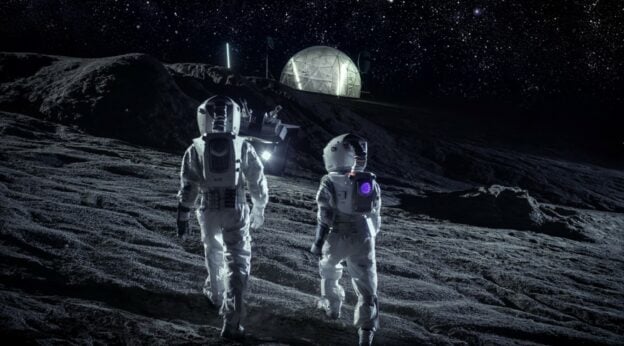Inspenet, September 10, 2023.
Scientists at Bangor University in Wales have created an innovative technology called Trisofuel that uses extremely small nuclear fuel cells . These tiny batteries have the potential to provide the power required for future bases on the Moon, according to a press release.
NASA is known to have plans to take astronauts back to the satellite on the Artemis III mission, scheduled for 2025 or 2026, marking the first manned mission to the satellite since Apollo 17 in 1972. Additionally, the US space agency aims to establish an advanced lunar base by 2030.
Trisofuel technology could be complemented by a nuclear microgenerator developed by Rolls-Royce. This advance represents a significant step toward the possibility of a sustainable human presence on the Moon. Establishing an advanced lunar base is considered a critical step to facilitate future explorations on Mars and other parts of the Solar System.
About nuclear fuel cells
Nuclear fuel cells represent a potentially reliable and efficient source of energy for future lunar bases. Their small size makes them especially suitable for deployment in space missions, where space and weight limitations are critical.
The use of these batteries could ensure a continuous and sustainable supply of energy for long-term lunar missions. Because these cells are as tiny as poppy seeds, they offer a compact and lightweight solution, an essential consideration for space travel. Combining Trisofuel with a nuclear microgenerator represents an important step toward the crucial challenge of providing the necessary amount of energy to maintain a human presence on the Moon .
This advance in nuclear fuel cell technology brings us closer to achieving a sustained presence of humans on the aforementioned satellite, opening a vast horizon of opportunities for research and scientific exploration in the future.
Source: https://www.energyportal.eu/news/new-fuel-to-power-rolls-royce-micro-nuclear-space-reactor/240972/

